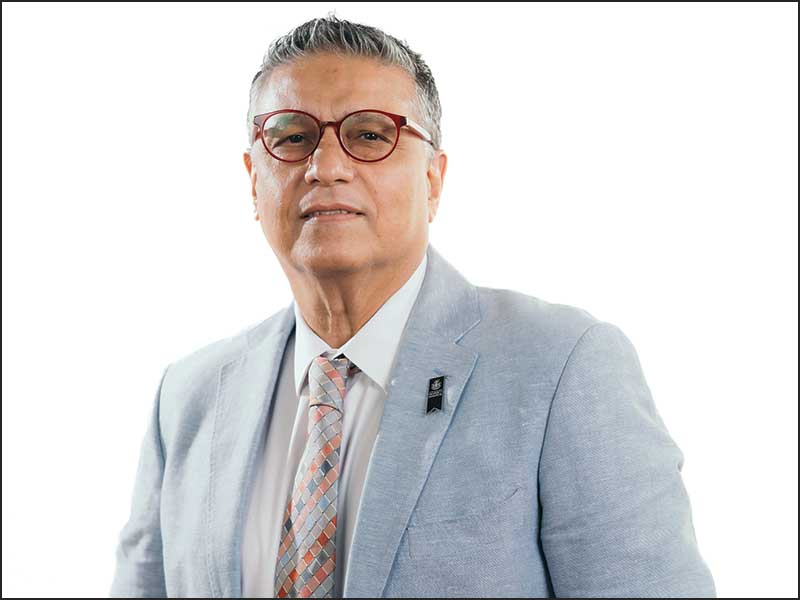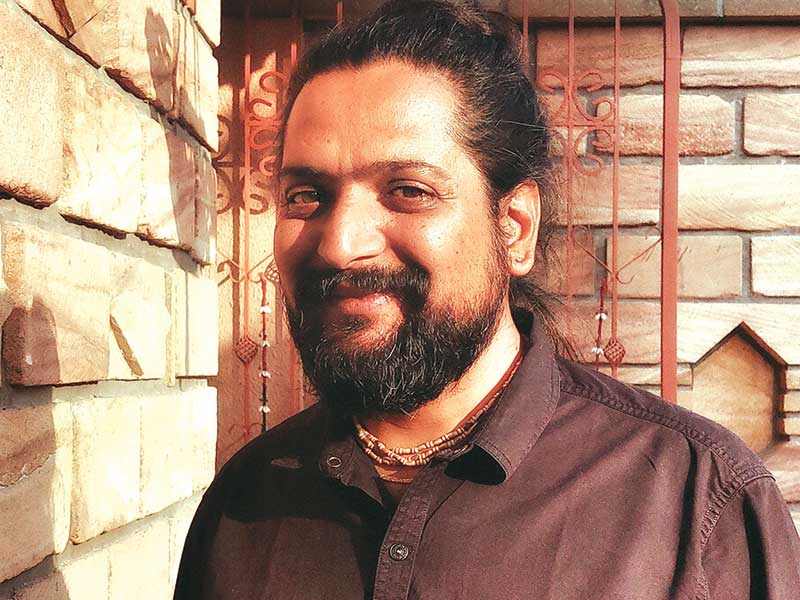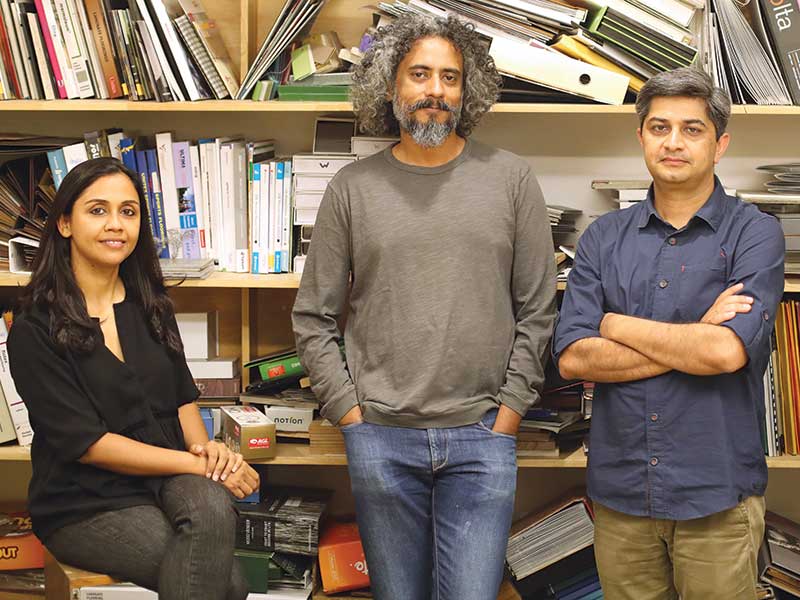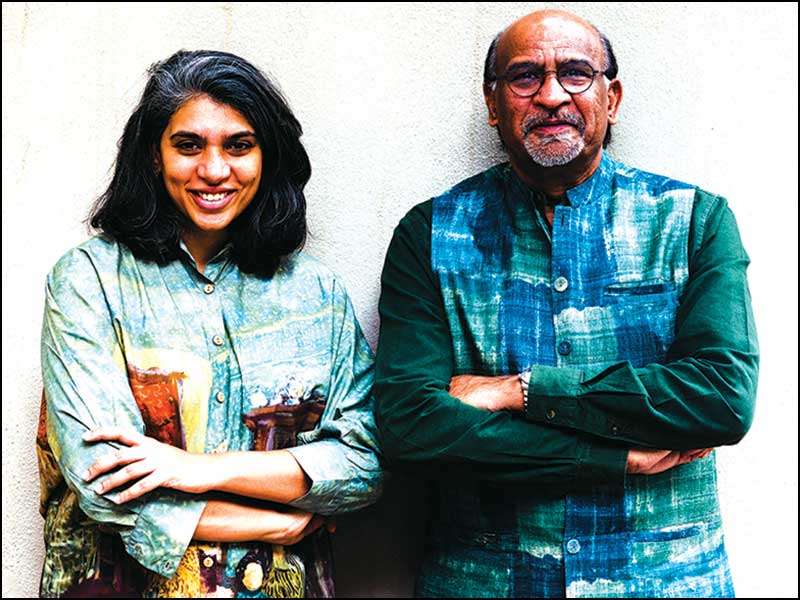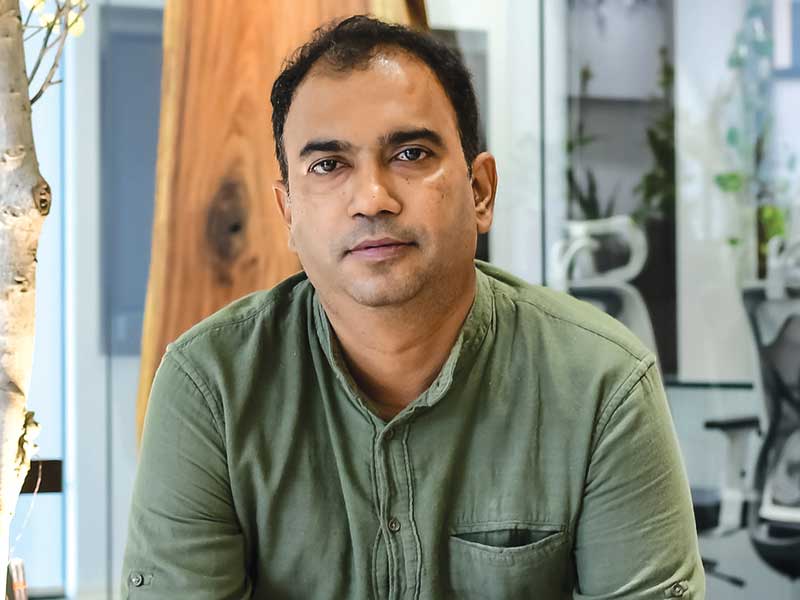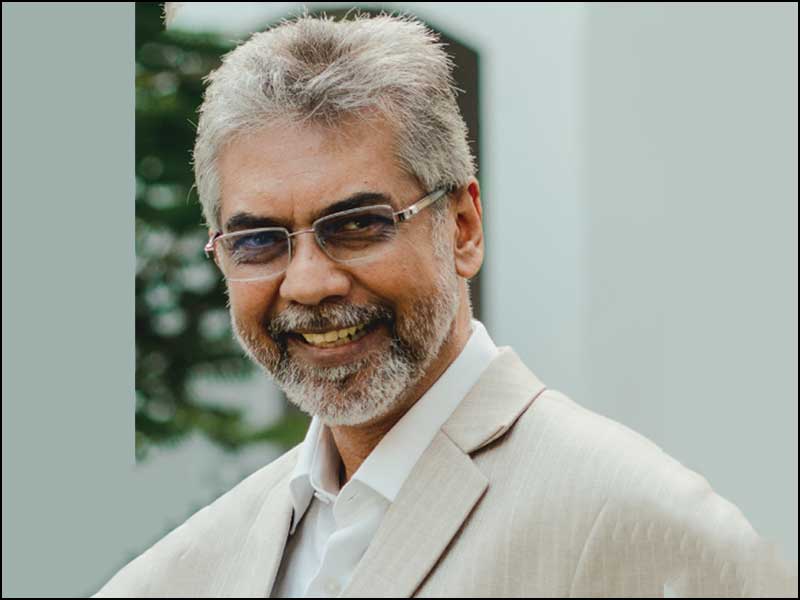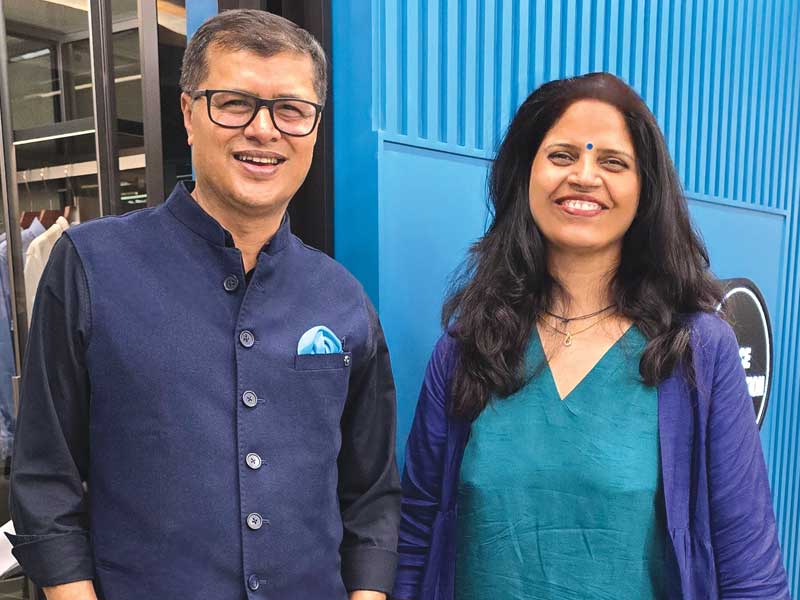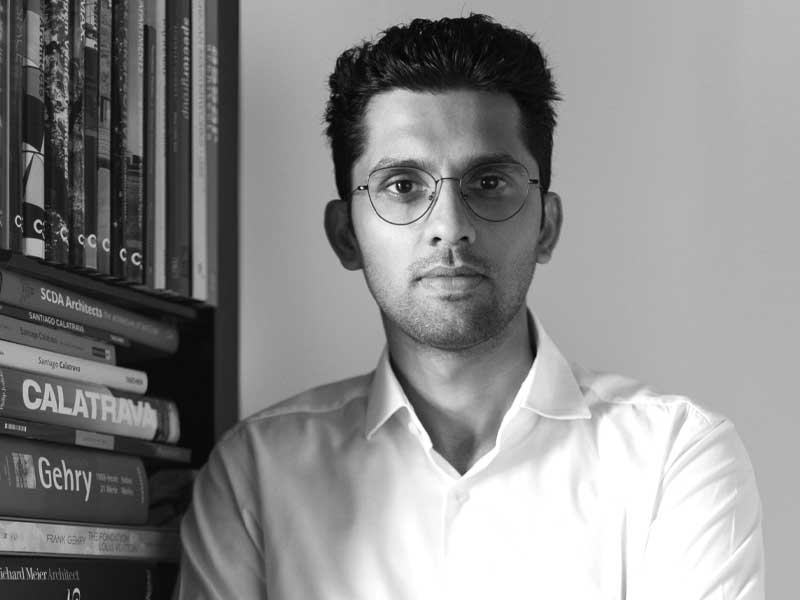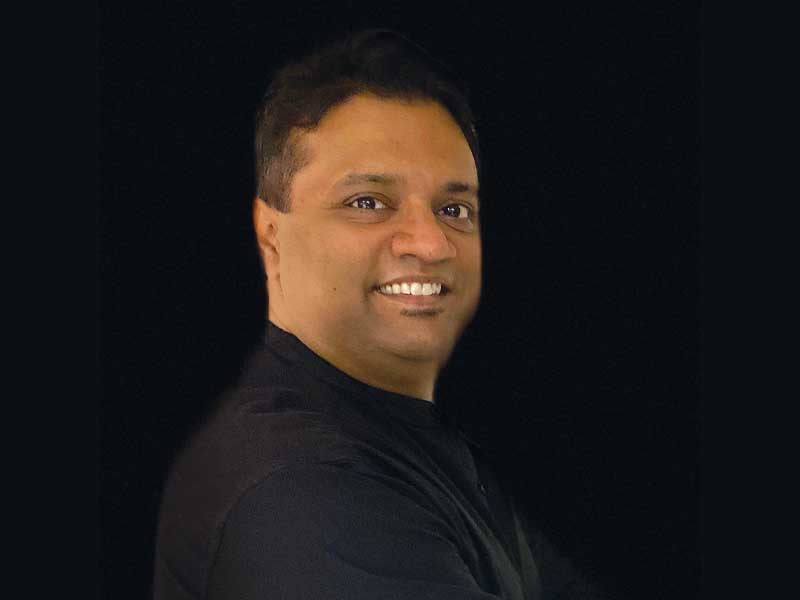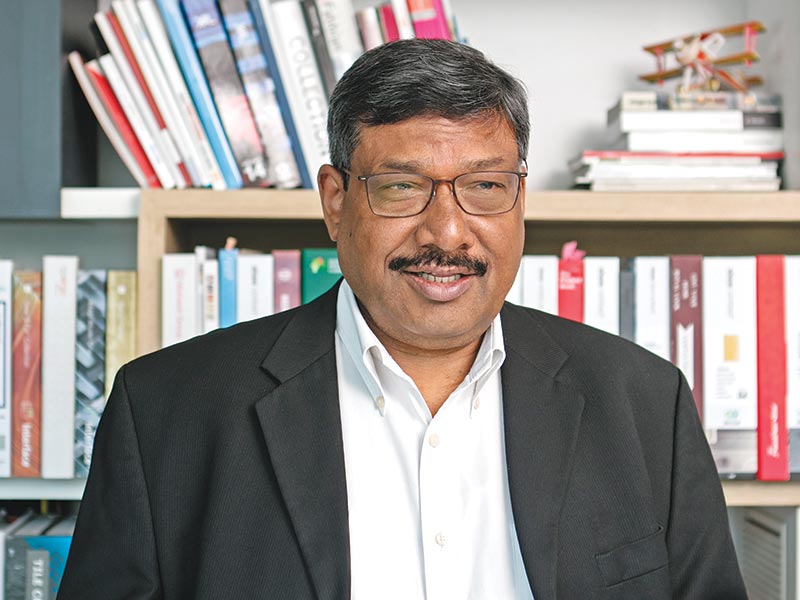
Technology is the driving force that leads to the innovation of design, construction materials and construction techniques in India as well as in other parts of the world. It is helping to explore new ideas, more complex solutions, at a lower cost and greater speed. The architectural design process from concept design to construction documents has been shortened considerably. The integration and coordination of engineering has become more comprehensive than ever before. Through the use of available design and engineering technologies, architects are able to explore design solutions which were technically difficult to consider even a few years ago.
Technologies like BIM are enabling quality control and faster delivery.
CAD, BIM and other related technologies are tools that are facilitating exploration of thoughts and ideas well beyond traditional design tools. The emerging technologies are providing means to conceptualize design in a true 3-D environment. Western countries are already using Virtual Design and Construction (VDC) to test construction of designs in a virtual environment. In lieu of paper drawings, construction companies are using BIM models. Contractors are also using BIM for off-site fabrication for building assemblies in shop environment, resulting in better quality control and faster delivery time.
Use of traditional or modern materials will depend on design and its context.
We are seeing more and more new construction materials and technologies being introduced in the design and construction industry. However, the traditional construction materials will remain relevant in architectural design and construction vocabulary. Today, the architects have a broader spectrum of construction materials available. We are already seeing creative and innovative mix of traditional and new construction material in modern Indian architecture. The use of traditional vs. modern materials will always depend on design and its context.
 The Felix Plaza Gurgaon, a mixed-use development, is a reinterpretation of the Grand Bazaar Istanbul in the Indian context
The Felix Plaza Gurgaon, a mixed-use development, is a reinterpretation of the Grand Bazaar Istanbul in the Indian contextMost architects welcome the addition of precast concrete, drywall and PEB etc.
Precast concrete, drywall and PEB etc are materials that offer greater speed of construction with off-site fabrication under controlled factory environment. They offer better construction tolerance, better and uniform quality control at a lower price or competitive costs, shorter construction duration and more flexibility. However, proximity to fabrication plants, transportation of fabricated materials, and taxation of finished goods remain impediments in their greater acceptance and use.
Architects need to collaborate better with contractors and manufactures to build more complex and innovative designs.
The design industry has welcomed innovations in the BIM and CAD industry. However, the role of architects and designer should not be underestimated. The architects and designer still remain the content creators. We need to be better informed, educated and experienced in design and construction techniques to fully leverage the capabilities of BIM, Solids Modelling, and other 3D technologies. The quality of design will depend greatly on the creativity of architects and designers, less on tools used. We also need to collaborate better with contractors and manufactures to build and manufacture more complex and innovative designs.

